Image 1. Black Mellic Axolotl.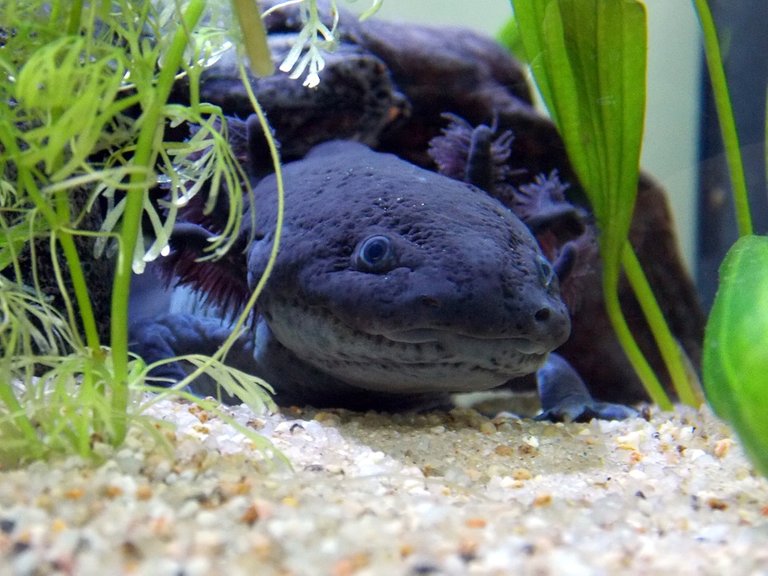
In our planet we have the necessary tools for optimal development, which have made our permanence in it possible. Each species with which we find ourselves, can turn out to be the difference for the man because, the contribution that he can provide can end up being the ideal alternative for certain cases in humans. There are wasps of which it is believed may be an option as a cure for cancer, other species have provided contributions for the control of Parkinson's or even diabetes; however, this small reptile, although studies are still being developed regarding its capacity, can bring a great alternative for regeneration.
A Very Peculiar Reptile
Image 2. Ambystoma mexicanum.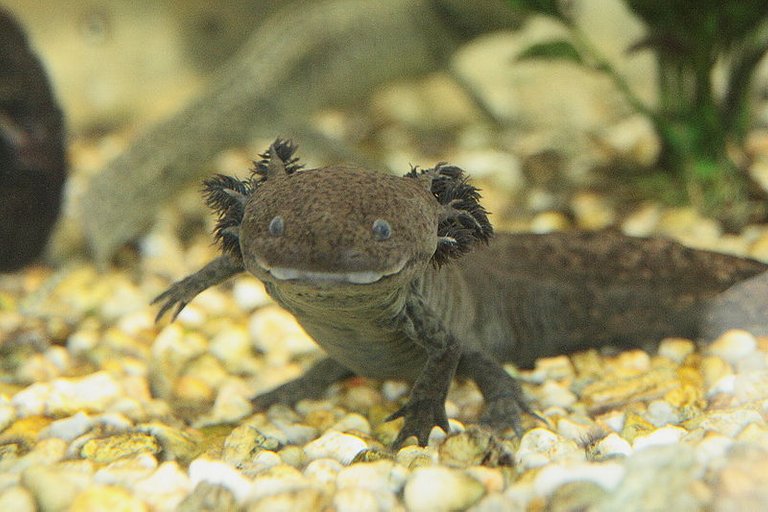
Since ancient times this animal is well known, either for the healing power that was credited to it or for its ability to regenerate itself; the fact is that already in the time of the Aztecs (people known as the founders of Mexico), they started mythologies about him; while several years later, great stories and even poems began to emerge in which this amphibian turned out to be the inspiration. Known in the scientific world as
Ambystoma mexicanum, but famous with the name "Axolotl", it is a species very similar to the salamanders that inhabit the southeast of the Mexican capital. An excellent way to describe it would be the one made by the writer Francisco Goldman:
An animal with happy of extraterrestrial face; arms and hands of albino monkey.
Regeneration beyond the Imagined
Perhaps we think that there are many animals that have the ability to regenerate and that the axolotl is just one more; however, there are reasons why scientists have been so interested in this creature, because this animal is not only capable of regenerating lost limbs, in which bones, nerves and even muscles are included, but also has the peculiarity of achieve to regenerate organs as important as the heart and the brain. This amphibian even has the ability to heal itself without leaving any kind of scars in the process; it is credited with healing his spine so incredibly, that it can work perfectly once it is rehabilitated. One question that I'm sure, you must be asking is: How does the Ambystoma mexicanum achieve this type of regeneration?
Image 3. Axolotl.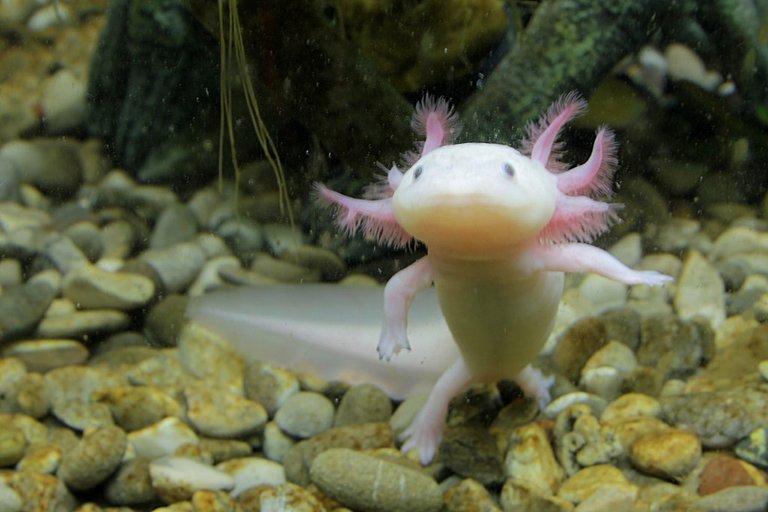
Well, it turns out that the axolotl, when it loses part of its body, immediately intervenes blood cell clots, which interrupt in a rapid way the bleeding coming from the wound; then what is known as wound epidermis is created, which occurs when a layer of cells envelops the amputated area. Once this has been completed, the cells contained in the wounded area begin to grow and divide to form the structure known as blastema (cells in charge of modifying the cells that already existed to give growth to a specific organ or tissue). It is even thought that the blastema is formed by cartilage, muscles and even bones, which come together to create a process very similar to that of the known stem cells.
A Very Large Genome
Image 4. White Axolotl.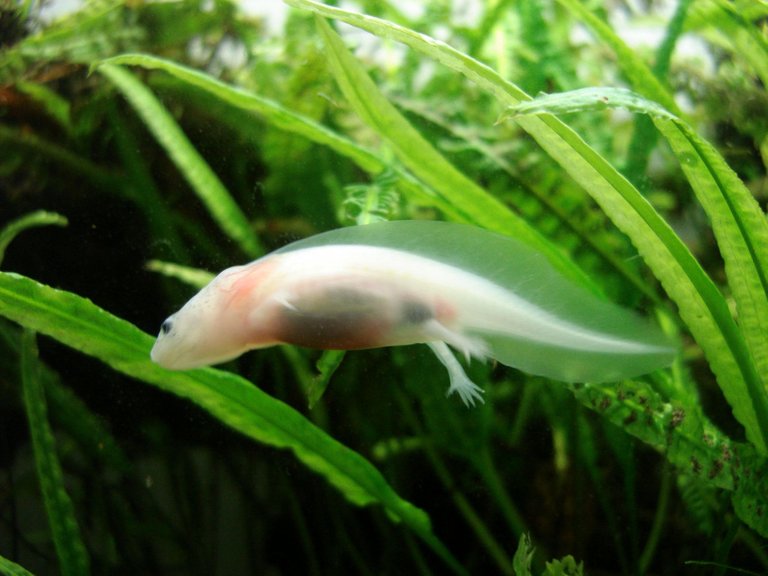
Given the great capabilities that have been observed so far in this magnificent reptile, then another key question arises; Why does the axolotl have all the qualities observed so far only in this species? These characteristics are attributed to the fact that the axolotl has the largest genome (group of genes contained in chromosomes) ever seen so far, with a total of thirty-two billion base pairs (opposing molecules in the DNA known as adenine, thymine, guanine and cytosine) and deoxyribonucleic acid (DNA); this amount being about ten times larger than that of human beings.
Image 5. Golden Axolotl.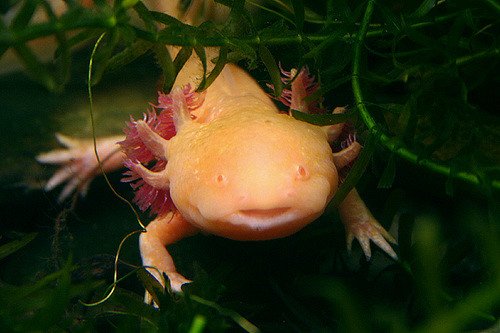
Is not this an amazing animal ?, its perfect regeneration makes it worthy not only of great studies, but also of excessive care to guarantee its valuable permanence on our planet; since it is unfortunately in danger of extinction. Hopefully, this skill found in the
Ambystoma mexicanum will provide all the benefits of regeneration so desired and necessary for humanity. In this regard the co-author of the studies carried out Sergei Nowoshilow believes that:
Now we have the map (genetic) in our hands to investigate how structures as complicated as those of the extremities can regenerate. This is undoubtedly a turning point for the community of scientists working with the axolotl, a true milestone in a research adventure that began more than 150 years ago.
Up to here my dear community my contribution of the day, which I hope you like. I say goodbye until a new publication, @maurelvys.
Web References
Ambystoma mexicanum
• 30 data you want to know about axolotls
•The secrets of the axolotl, the only animal that regenerates damaged limbs and organs
• The axolotl, the amphibian capable of regenerating
• The axolotl has the largest genome in the world and gives a clue to its regenerative qualities
https://es.wikipedia.org/wiki/Ambystoma_mexicanum
https://www.huffingtonpost.com.mx/2017/03/30/30-datos-que-quieres-saber-sobre-los-ajolotes_a_22019273/
https://www.animalpolitico.com/2018/02/ajolote-mexicano-regenerar-extremidades/
http://www.lavanguardia.com/natural/20161129/412251686138/ajolote-anfibio-capaz-regenerarse.html
https://www.nytimes.com/es/2018/02/01/ajolote-genoma-regeneracion/
Source of Images
Image 1. Black Mellic Axolotl.
Image 2. Ambystoma mexicanum.
Image 3. Axolotl.
Image 4. White Axolotl.
Image 5. Golden Axolotl.





The life of the Axolotl is simply amazing.
That's right, the axolotl is a pretty extraordinary animal. Regards
Wow! Amazing guy there I mean animal... So one quick question.. Does it mean they only die of natural causes if they can regenerate even organs?
Not only do they die of natural causes, just as any living being can die in many ways, among them the bad manipulation that human beings give them. Greetings and thanks for reading this publication.
Excellent post!